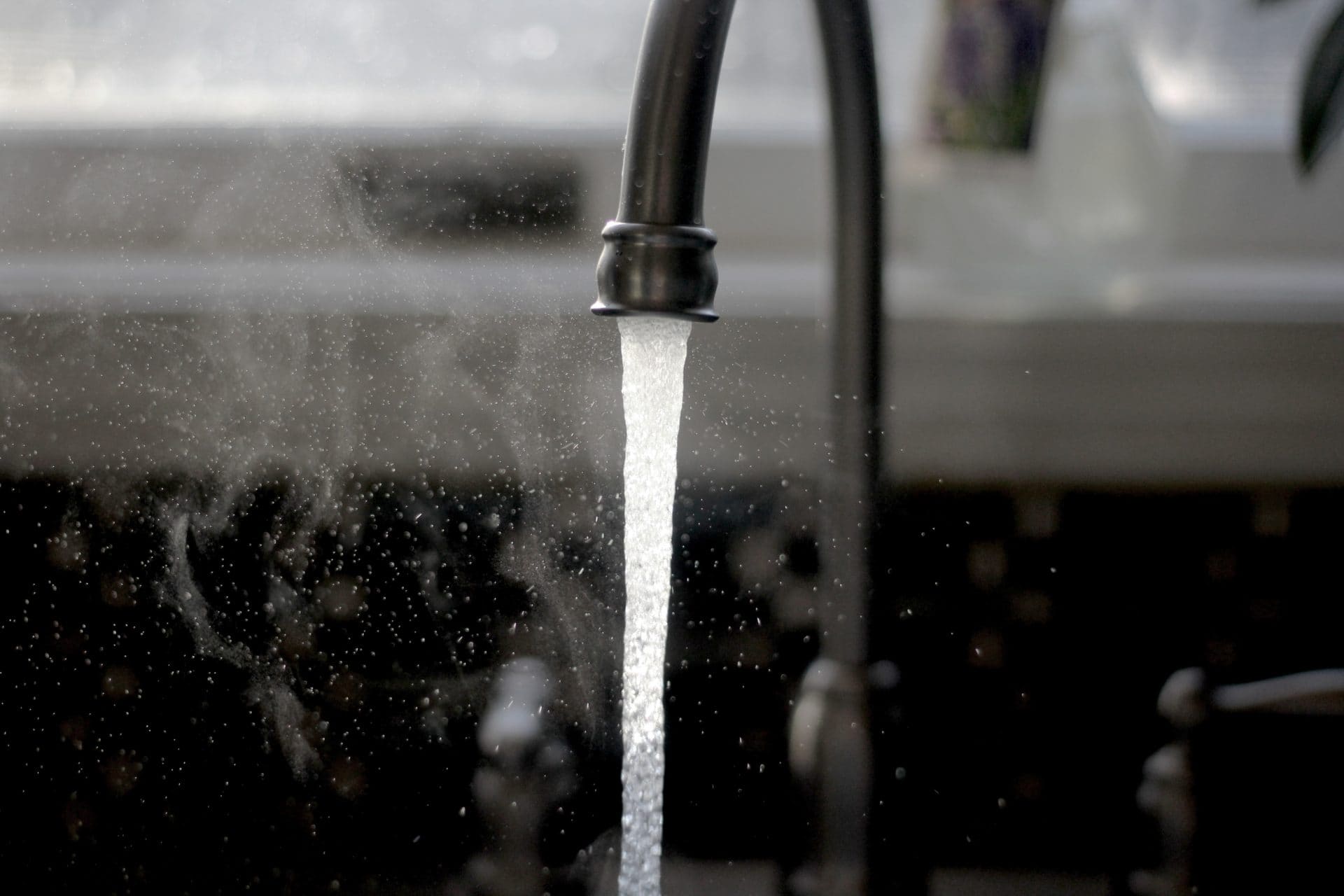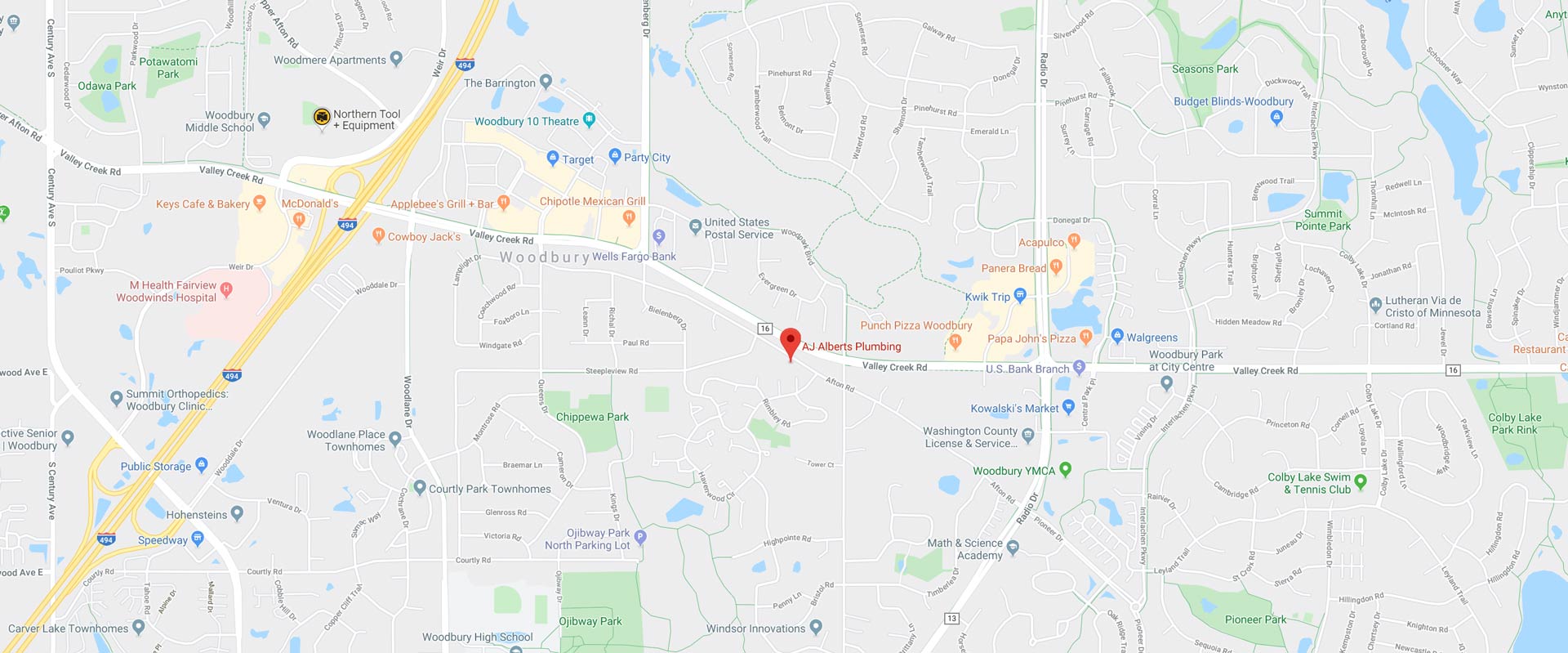Do you ever start running the shower on a cold winter morning or after a long day of work only to find yourself waiting for what seems like forever for that hot water to finally come? Nothing’s worse than standing in your birthday suit on the cold bathroom tile until the water temperature is actually tolerable. Not only are you annoyed, but now you’re also likely late.
There are many reasons people experience problems with low hot water pressure, such as:
- Rusted, clogged, or leaking pipes
- Sediment buildup in pipes and filters
- Malfunctioning plumbing lines, valves, or regulators
- Installation and maintenance issues
- The age of your home’s plumbing system
- Faulty shower heads or taps
- Lengthy water supply lines
If the situation described above sounds all too familiar, don’t brush it off as another not-so-fun quirk your realtor forgot to mention about your new fixer-upper. I mean, why suffer when there are many simple solutions?
There are several ways to fix low hot water pressure so you can stop shivering in the buff before your daily shower. Keep reading to learn more about this common kitchen and bathroom plumbing problem and how you (or a professional plumber) can remedy it correctly.
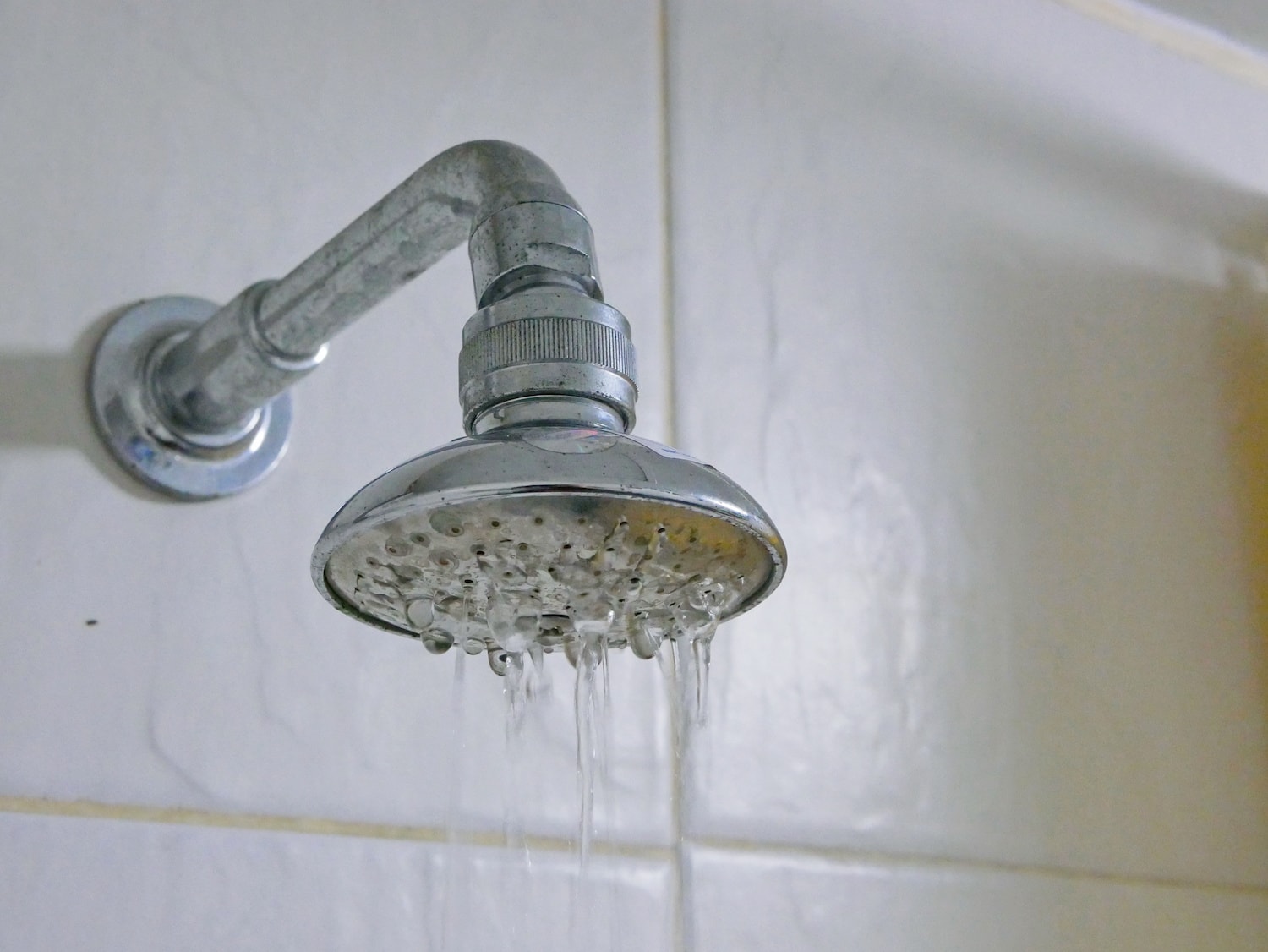
WHAT WILL LOW HOT WATER PRESSURE LOOK LIKE? 💦
It’s easy to spot issues with your hot water system since the signs are quite obvious. If hot water faucets are barely forcing out a trickle, or it’s taking forever for your hot water to heat up, you’re likely looking at low hot water pressure.
BUT MY COLD WATER PRESSURE IS COMPLETELY OKAY?
Sometimes hot taps are the only thing affected, meaning your low hot water pressure problem is isolated somewhere within your hot water system instead of along cold water lines. If your cold water pressure works perfectly fine, point your plumber toward the hot water pipes.
CAUSES OF LOW HOT WATER PRESSURE (AND QUICK FIXES) 🛠
Although plumbing problems are never fun to deal with, there are several simple fixes for slow hot water. See common causes for water pressure issues and some helpful solutions below:
BROKEN PIPES AND VALVES
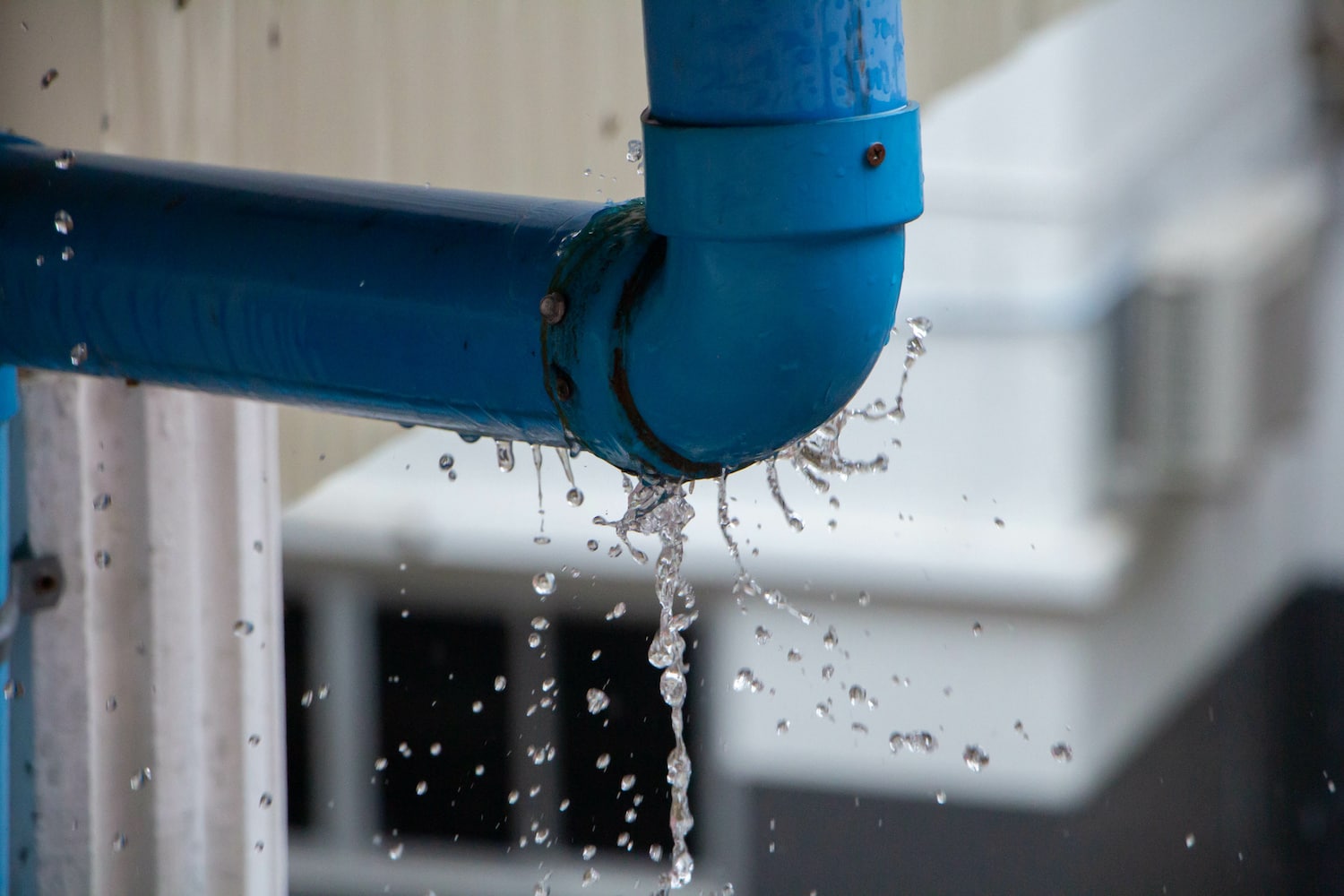
Of course, if there’s a water leak or busted pipe in your plumbing system, you’re probably experiencing low water pressure or, at the very least, changes to water flow.
The Fix: Burst pipes can cause big issues, so if you feel that this is the thing that’s affecting your home, use the shut-off valve immediately to ensure no further damage occurs. Then, contact your plumber to assess your pipes and replace sections as needed to have your water pressure working as good as new.
OLD OR ENERGY-EFFICIENT PLUMBING FIXTURES
Unfortunately, water-conserving fixtures force you to sacrifice both flow rate and the time it takes for hot water to travel to your faucets. It’s important to save water and conserve energy and natural resources, but even newer efficient fixtures result in vastly lower output levels and longer wait times for hot water.
Older pipes can also be the culprit causing your low pressure. Steel pipes and other outdated water line materials often incur water leaks where the corroded pipes start deteriorating.
The Fix: Consider the purchase of energy-efficient fixtures carefully, or replace old pipes to restore good pressure.
IMPROPERLY SIZED PIPES
Pipe diameter plays into slow hot water problems, too. Here is how water pressure essentially works: the smaller the pipe, the less hot water can flow through at once. Still, installing larger pipes can also waste water while you wait for the excess fluid to heat up instead.
The Fix: Install smaller pipes at specific locations, like right out of the water heater or before the water hits your showerhead, slowing down the flow enough to allow time to heat. Water-efficient showerheads can also slow the flow rate as the water reaches fixtures, so you waste less.
MALFUNCTIONS ALONG PLUMBING LINES
Whether it’s a faulty pressure regulator or a half-closed shutoff valve, issues along your plumbing lines could be behind those pesky cold showers. There are many moving parts to your plumbing, and you could be looking at serious problems with even one regulator or shutoff valve out of place.
Areas of residential plumbing systems most often affected include the following:
- Hot water valve
- Water meter valve
- Pressure regulator or pressure gauge
- Water heaters
- Shutoff valve
- Hot water tank
The Fix: Ask your water company to assess your plumbing lines and ensure everything from the pressure regulator to the shut off valve is working correctly. Low water pressure will be apparent on a malfunctioning pressure regulator, which means it’s probably time to replace it.
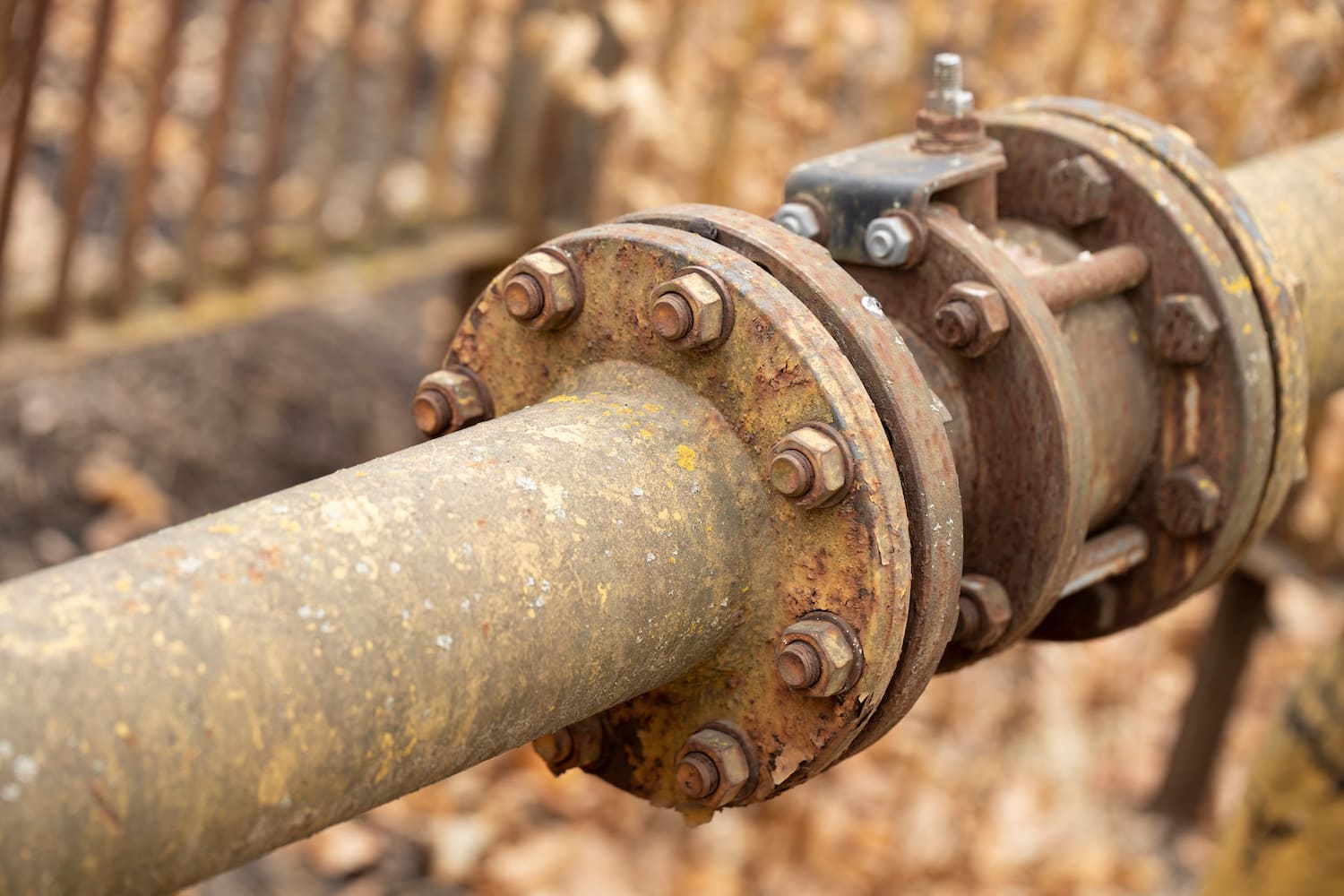
CLOGGED WATER FILTERS
If you’re having a hard time achieving a hot tap, check the bathroom sink, shower heads, and kitchen sink water filters for any clogs, which a couple of things can cause, including:
- Too much hard water: Residential water that contains a lot of minerals is called hard water, which can increase mineral deposits in copper pipes.
- Extensive mineral buildup: Copper pipes are prone to more mineral deposits than other materials, leading to reduced water pressure.
- Old fixtures: Outdated water pipes and old faucet aerators might be blocked because of typical wear and tear, with a replacement being the only way to get water flowing.
The Fix: Examine faucets, showerheads, and even your outdoor spigot to determine if you have a mineral deposit issue. You may need to seek professional plumbing services to solve this issue if blockages are too extensive for your typical sink drain snake.
FAULTY FAUCETS AND SHOWER FIXTURES
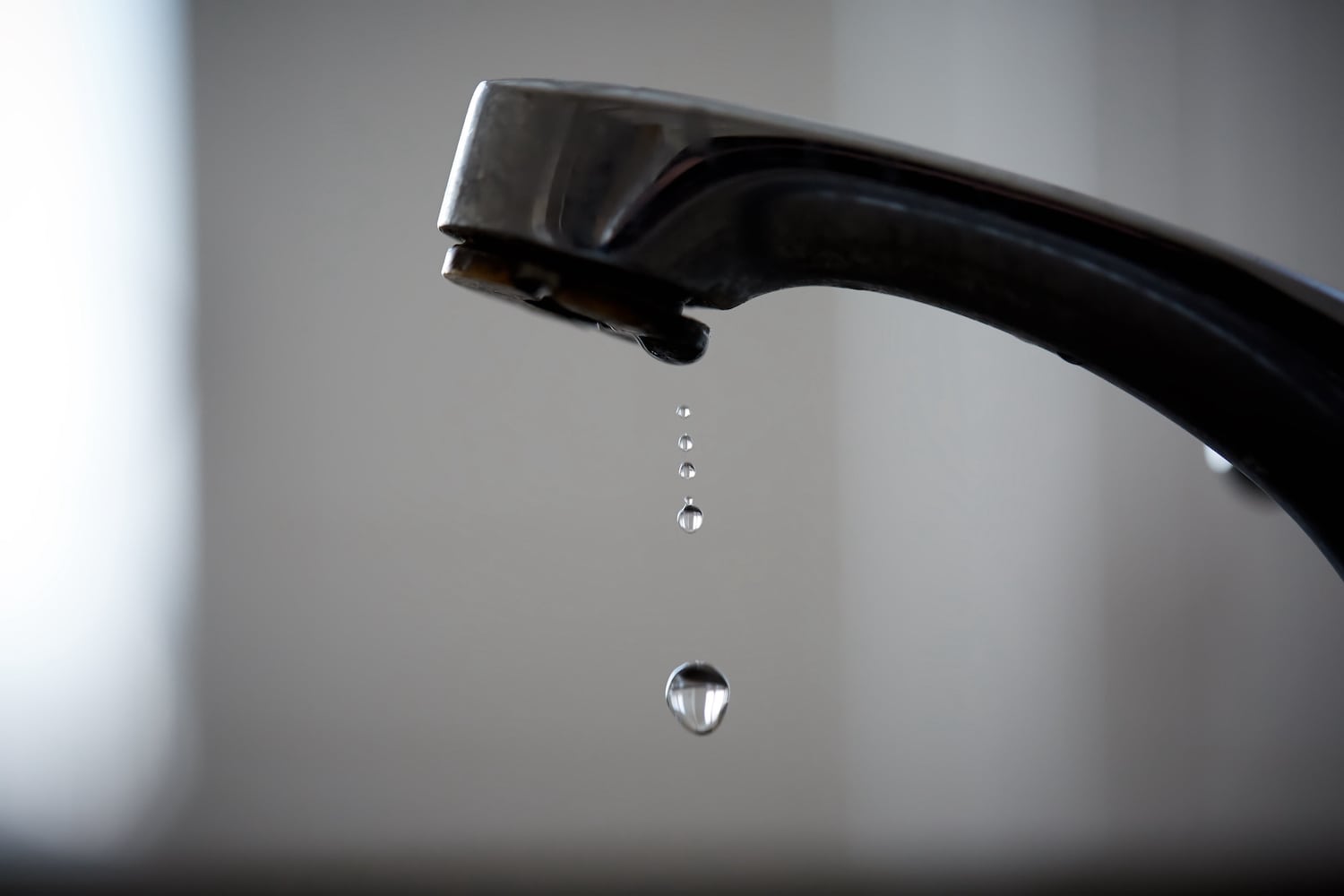
Your hot water pressure might actually be totally fine, but broken or faulty fixtures are at the root of your problem. Compare the water pressure in different locations to make this determination.
The Fix: If the hot water pressure works well everywhere else in your home except one room, you might just have to replace a store-bought part in that one place.
LONG OR COMPLICATED WATER SUPPLY LINES
The distance between your water heater and shower head can greatly affect the time required to get hot water flow from your faucet, especially in larger homes.
Even when water heaters are 30 feet from your shower, hot water supply lines can measure upwards of 40-50 feet depending on joints and turns, wasting gallons with every square inch of the water pipe and causing you to have cold water for a while after the faucet comes on.
The Fix: Install hot water circulators, which are small pumps put under the sink to pull water from the hot water heater and send unused cold water back down to recirculate.
REDUCED PRESSURE IN YOUR WHOLE HOUSE
If you’re experiencing low water pressure with hot and cold water throughout your entire house, this may indicate an issue with your main water supply line. Consult an experienced plumber to determine if you need to replace your cold and hot water systems now.
PUT YOUR TRUST IN THE PLUMBING EXPERTS 🚽
So what’s the best way to ensure good pressure and a piping hot shower every day? The only real solution is to have your water heater serviced regularly since several factors can cause slow hot water problems. Ultimately, it’s always good to ensure your water heater works efficiently all year round, not just as issues arise.
AJ Alberts offers a wide range of both bathroom and kitchen plumbing services such as water heater inspections, replacements, and maintenance to a broad local service area. Our professional plumbers can help you every step of the way as you determine if your water heater needs repair or replacement.
Is your hot water pressure low? Relax and give us a call at (651) 738-0580 to get the job done right. With over 30 years of experience, we’ve seen it all and can give you our absolute best recommendations to get your hot and cold water supply lines working correctly once again.

